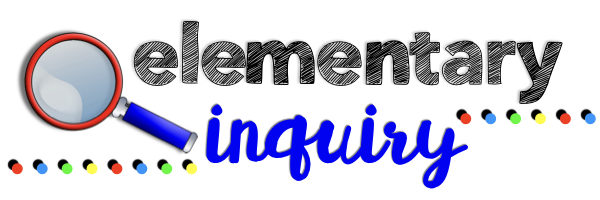STEM or STEAM… or STREAM… there are so many variations on the acronyms or names used to describe the integration of content areas in education! I’ve got a rundown of must-know STEM vocabulary words for teachers, where I define each of these acronyms. When I first started focusing on STEM
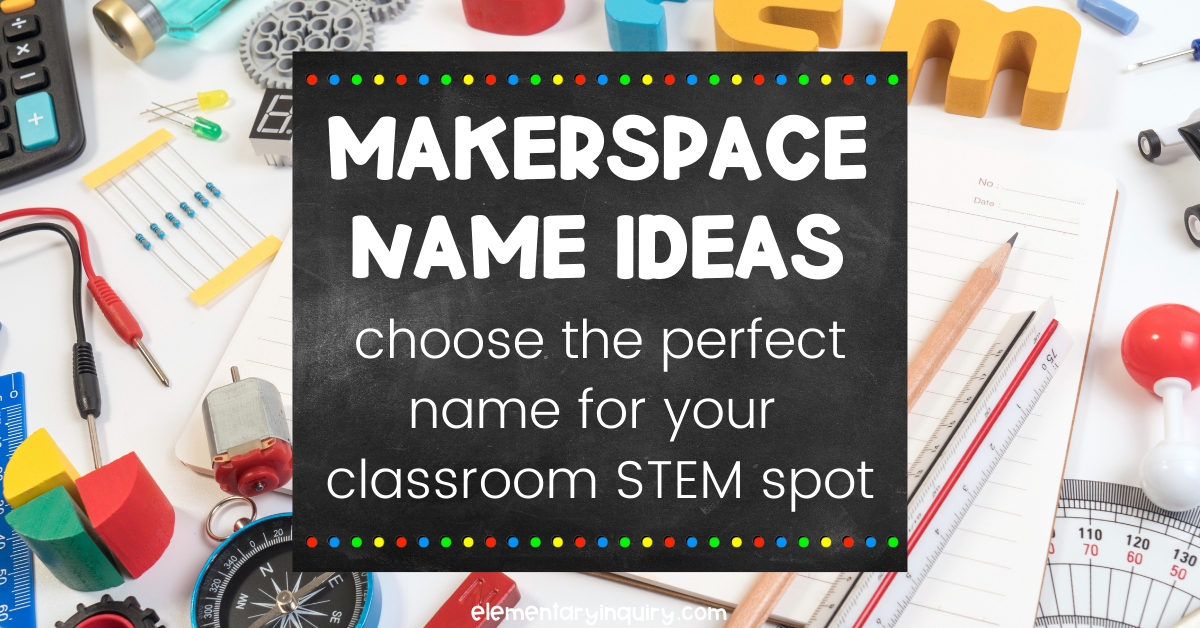
You’re ready to take STEM to the next level. You’ve already thought about where to set up a STEM lab in your school or classroom. Now, you need a clever makerspace name that perfectly captures the spirit of innovation and creativity that you hope will inspire your students in your
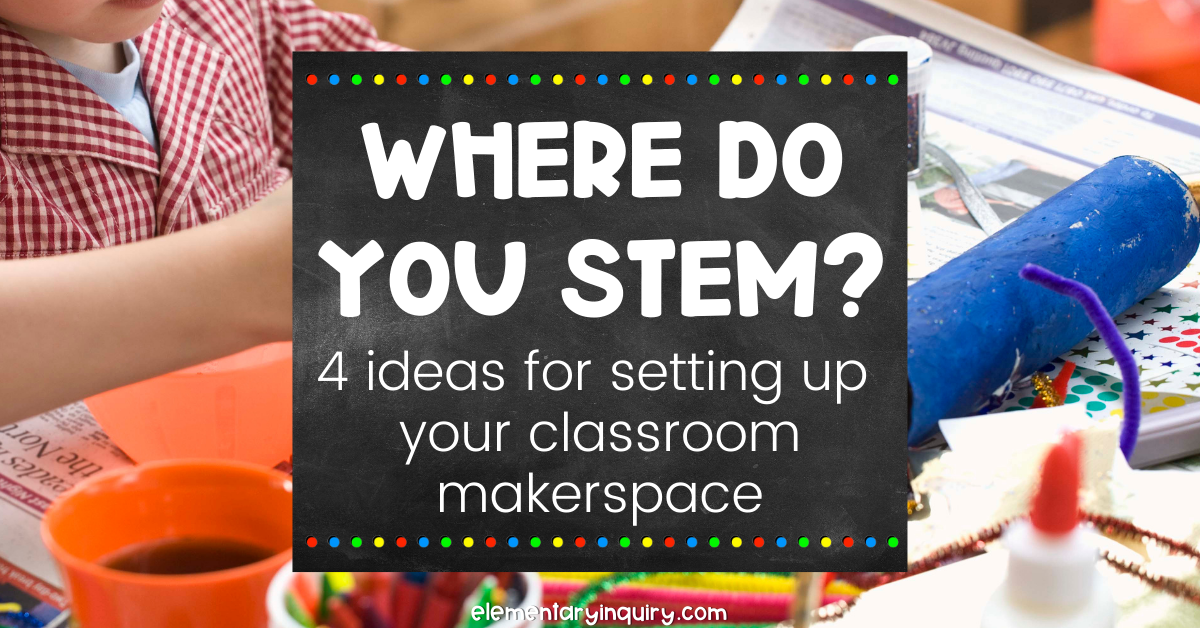
You’re ready to create a STEM lab or classroom makerspace for your students! Let’s do it!!! One of your very first considerations is choosing a dedicated spot for STEAM work and materials. Here are four different kinds of spaces you might think about, along with some pros and cons for
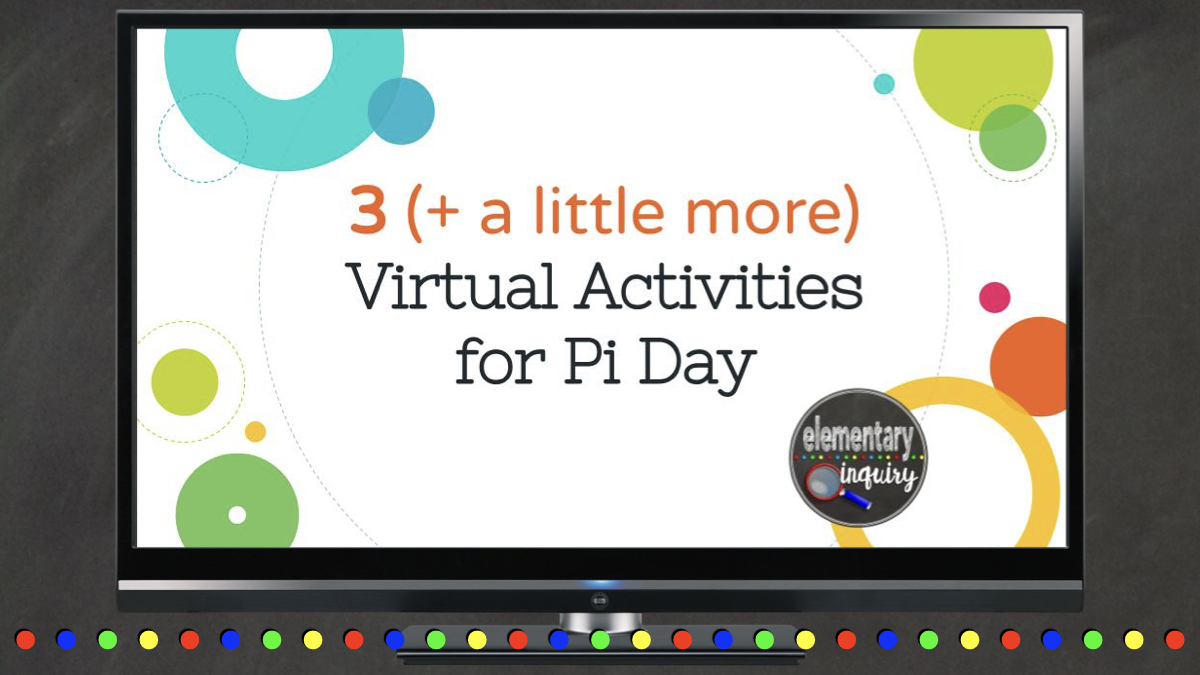
Pi Day, the sweetest school non-holiday of all, now also marks the anniversary of the COVID-19 pandemic here in the eastern US. My annual backyard Pi Day party was my first cancellation of 2020 when “social distancing” and #flattenthecurve were brand new additions to my lexicon. And it’s now the

As we get ready for state testing in the spring, I’m always looking for test prep and study ideas that aren’t worksheets or a standard question/answer game. I’ve used a reciprocal teaching strategy over and over in many content areas by having students prepare and share review presentations. Here’s how
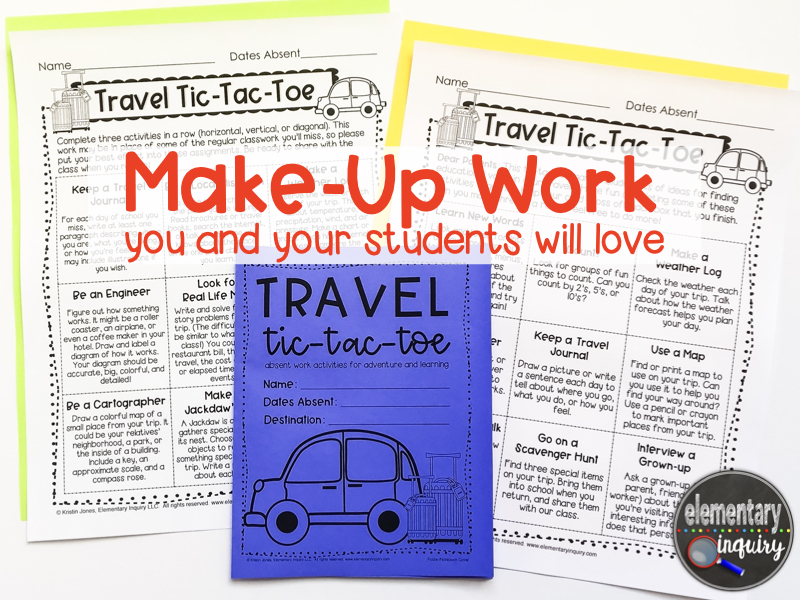
Make up assignments: ugh! I hated it as a student, and I think I’m even less fond of it as a teacher. When students miss several days of school for a trip, make up work is stressful for everyone involved. It means extra books and materials for families to lug
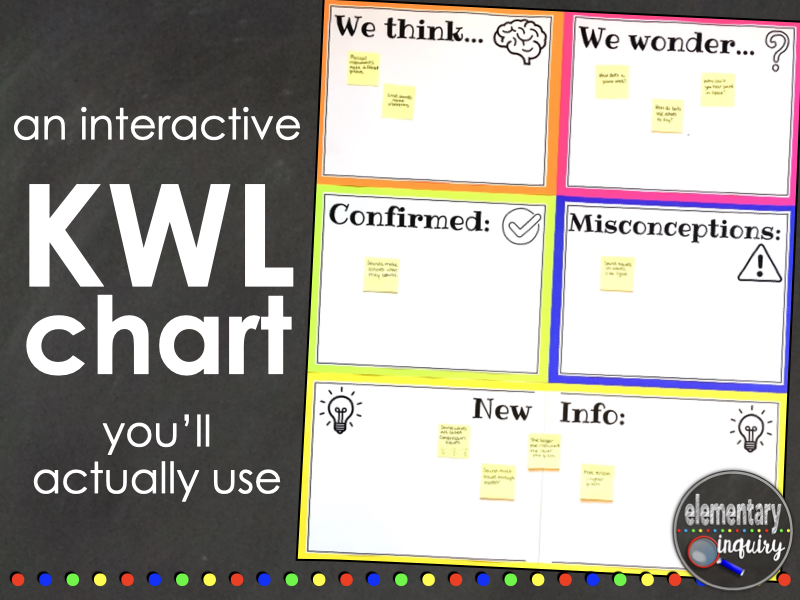
The KWL Chart (Know/Want to know/Learned) is a great tool for helping students activate prior knowledge and review concepts that have been learned. It’s one of the first graphic organizers most pre-service teachers learn about, and teachers use it across all grade levels and subject areas. However, I don’t think
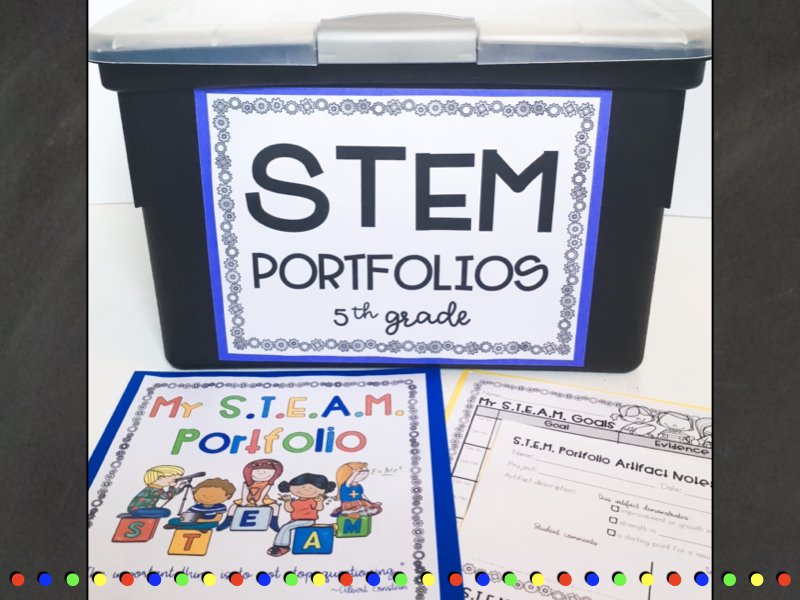
Student portfolios can help teachers, students, parents, and administrators recognize the value of a STEM program, and they can be a tool for identifying areas of challenge and growth beyond the subjects that are traditionally graded. As your students maintain their own portfolios, they’ll continually reflect on their STEM work and set related goals. You’ll empower them to take ownership of their own learning and help them to foster a growth mindset related to STEM content areas and 21st century skills, including collaboration, communication, inquiry thinking, and problem solving.
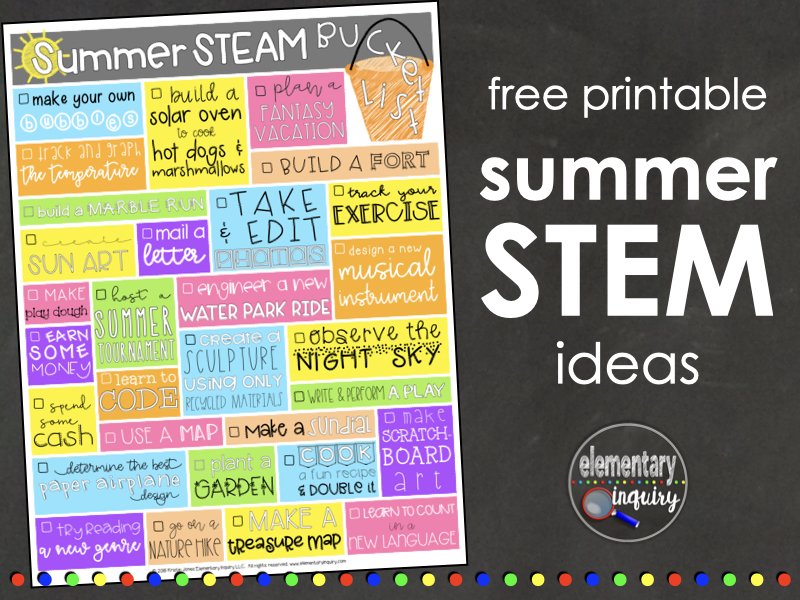
As a teacher, I love finding ready to use resources to send home with my students to help prevent the dreaded “summer slide.” As a mom, I really appreciate easy ideas to keep kids busy during the summer without over reliance on a screen or my over involvement, but with cheap materials that I probably already have on hand.
Here are 30 relatively cheap and easy ideas that will engage elementary age kids in STEAM activities over the summer.
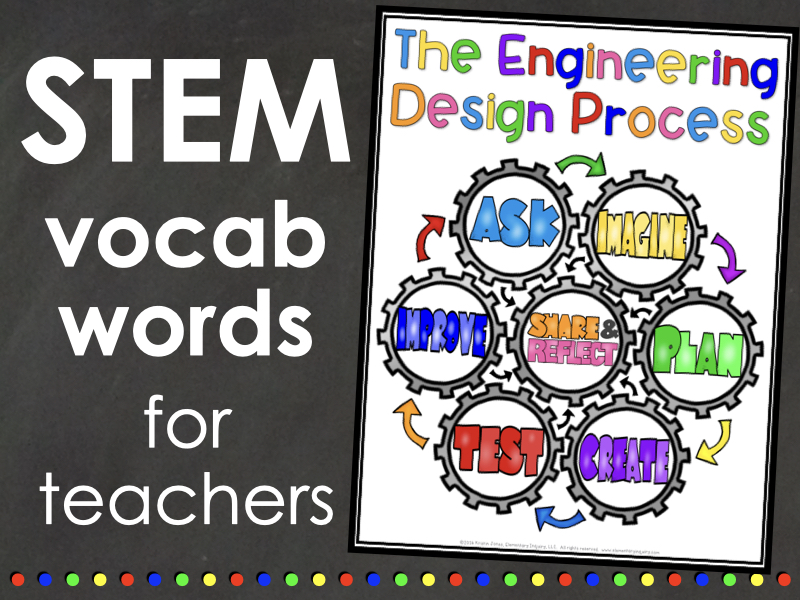
As I’ve learned more about STEM education, I’ve developed a better understanding of the nuances of many related terms, and I thought it might be helpful to make a list here! I’m also sharing a free engineering design process poster set.
